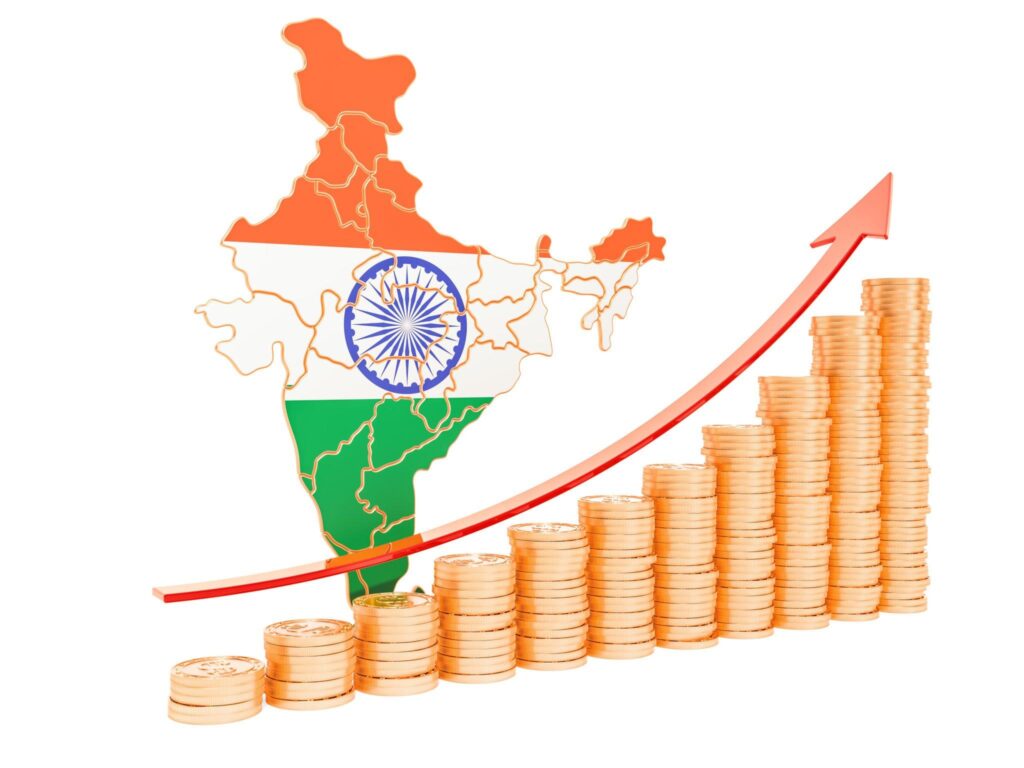
India is a country with a long and rich history, and it is now one of the fastest-growing economies in the world. However, despite this impressive growth, there are still significant disparities in economic development across the country.
Economic Growth
India’s economy has grown at an average annual rate of around 7% over the past few decades. This growth has been driven by a number of factors, including globalization, liberalization, and reforms. As a result of this growth, India has lifted millions of people out of poverty.
Disparities
Despite this impressive growth, there are still significant disparities in economic development across India. These disparities can be seen in a number of different ways, including:
- Income inequality: The richest 10% of Indians now control more than 60% of the country’s wealth.
- Regional disparities: Some states in India, such as Maharashtra and Gujarat, are much more developed than others, such as Bihar and Jharkhand.
- Rural-urban disparities: The average income of urban Indians is more than double that of rural Indians.
- Gender disparities: Women in India earn about 22% less than men on average.

These disparities have a number of negative consequences, including:
- Social unrest: Disparities can lead to social unrest, as people who feel left behind may become more likely to engage in protest or violence.
- Political instability: Disparities can also lead to political instability, as different groups compete for resources and power.
- Economic inefficiency: Disparities can lead to economic inefficiency, as resources are not allocated in a way that maximizes economic growth.
Causes of Disparities
There are a number of factors that contribute to disparities in India, including:
- Historical factors: India’s colonial past has left a legacy of inequality.
- Geographical factors: Some regions of India are more resource-rich than others.
- Social factors: Caste and gender discrimination can contribute to disparities in income and opportunity.
- Economic factors: Government policies can also contribute to disparities.
Addressing Disparities
There are a number of things that can be done to address disparities in India, including:
- Investing in education and infrastructure: Investing in education and infrastructure can help to improve the lives of people in all parts of the country.
- Promoting social inclusion: Policies that promote social inclusion, such as affirmative action, can help to reduce discrimination.
- Targeted development programs: Targeted development programs can help to address the specific needs of different groups of people.
Conclusion
Disparities are a complex problem, and there is no easy solution. However, it is important to address these disparities in order to create a more just and equitable society. By investing in education and infrastructure, promoting social inclusion, and implementing targeted development programs, India can make progress towards a more inclusive and equitable future.



